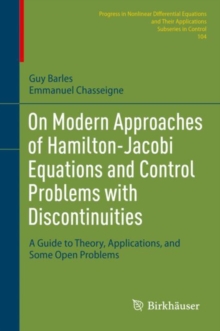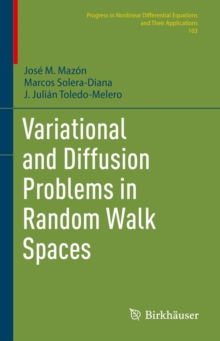
A Stability Technique for Evolution Partial Differential Equations : A Dynamical Systems Approach PDF
by Victor A. Galaktionov, Juan Luis Vazquez
Part of the Progress in Nonlinear Differential Equations and Their Applications series
- Information
Description
common feature is that these evolution problems can be formulated as asymptoti- cally small perturbations of certain dynamical systems with better-known behaviour.
Now, it usually happens that the perturbation is small in a very weak sense, hence the difficulty (or impossibility) of applying more classical techniques.
Though the method originated with the analysis of critical behaviour for evolu- tion PDEs, in its abstract formulation it deals with a nonautonomous abstract differ- ential equation (NDE) (1) Ut = A(u) + C(u, t), t > 0, where u has values in a Banach space, like an LP space, A is an autonomous (time-independent) operator and C is an asymptotically small perturbation, so that C(u(t), t) ~ (deg) as t ~ 00 along orbits {u(t)} of the evolution in a sense to be made precise, which in practice can be quite weak.
We work in a situation in which the autonomous (limit) differential equation (ADE) Ut = A(u) (2) has a well-known asymptotic behaviour, and we want to prove that for large times the orbits of the original evolution problem converge to a certain class of limits of the autonomous equation.
More precisely, we want to prove that the orbits of (NDE) are attracted by a certain limit set [2* of (ADE), which may consist of equilibria of the autonomous equation, or it can be a more complicated object.
Information
-
Download Now
- Format:PDF
- Publisher:Birkhauser Boston
- Publication Date:06/12/2012
- Category:
- ISBN:9781461220503
Information
-
Download Now
- Format:PDF
- Publisher:Birkhauser Boston
- Publication Date:06/12/2012
- Category:
- ISBN:9781461220503



